Maritime Museum of Barcelona. Epoch of Steam
Attempts to use steam engines for transport were made in the first half of the 18th century, but the first commercial steamship of the American engineer Robert Fulton began navigation in 1807. Since then, the decline of the sailing era began, which, however, lasted almost a century and a half. Even in the first half of the 20th century, sailing vessels were actively used in commercial shipping.
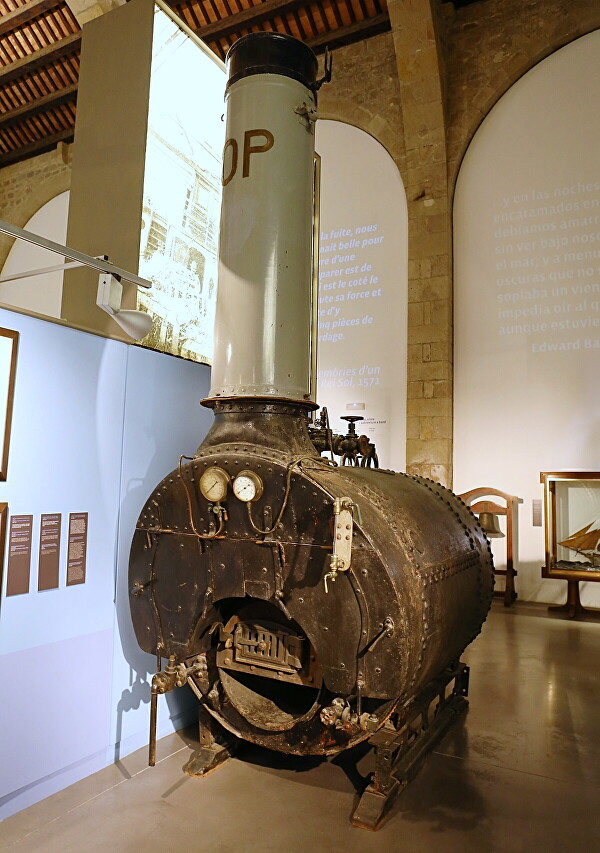
The steam boiler has undergone a considerable evolution, while it has become reliable and economical.
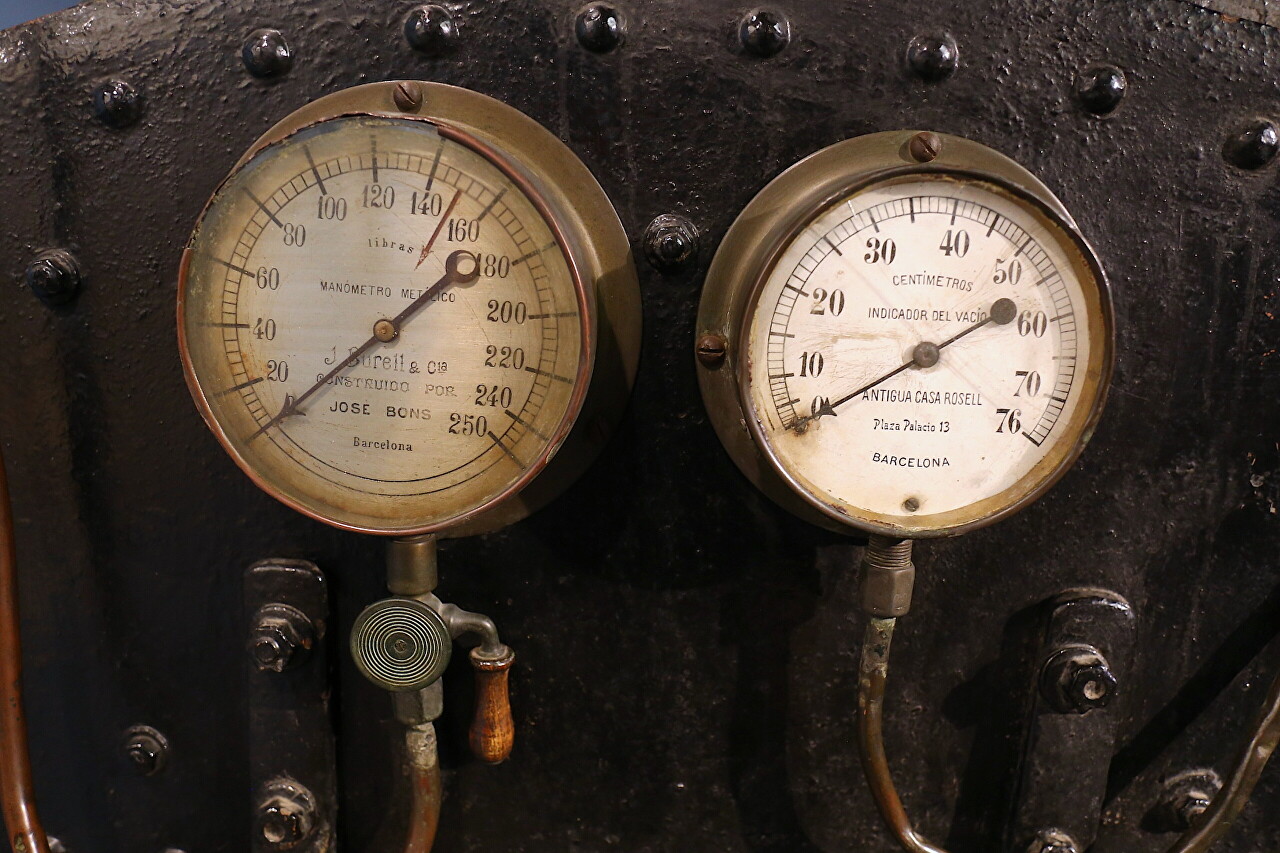
Bell of a steamship built in Barcelona in 1963.
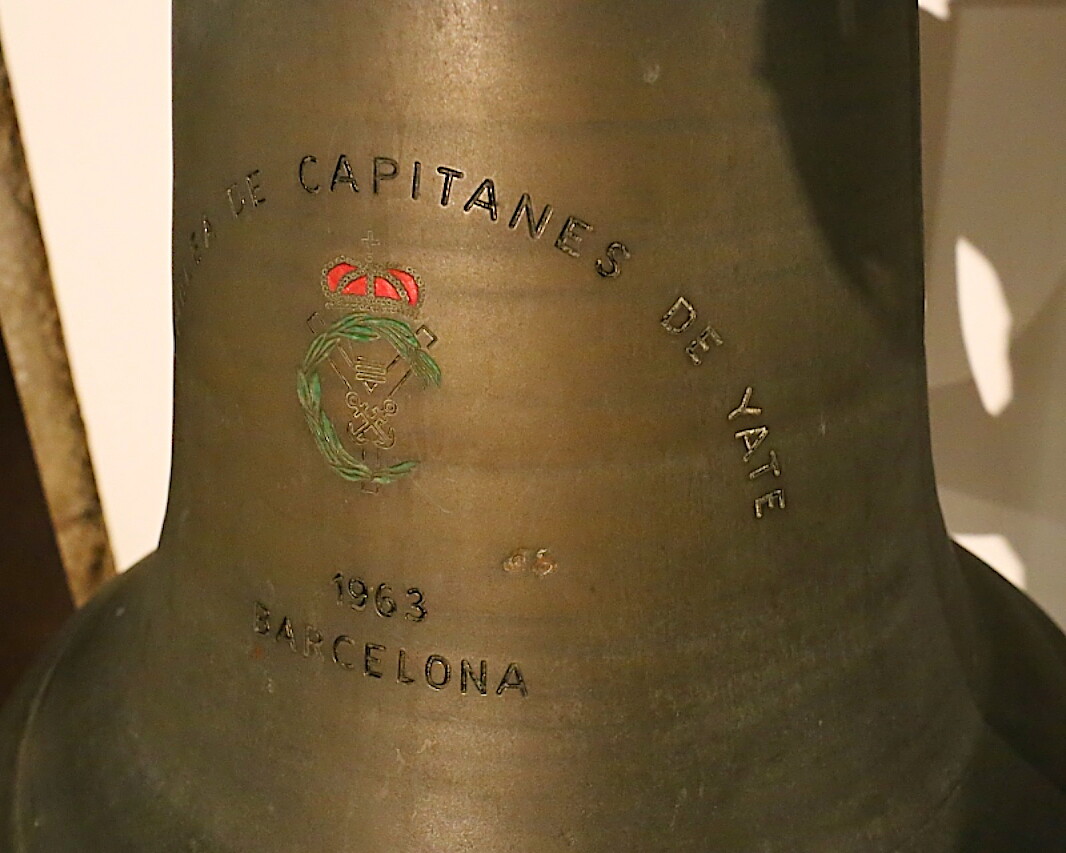
To transmit commands to the mechanics of steam engines, the machine telegraph was invented. In the wheelhouse, there is a pedestal with a round scale of driving modes, the skipper set the desired position with the handle, the cable system transmitted a signal to the engine room, showing the desired mode on a similar scale. The mechanic, in turn, sent confirmation that the command was accepted in the same way.
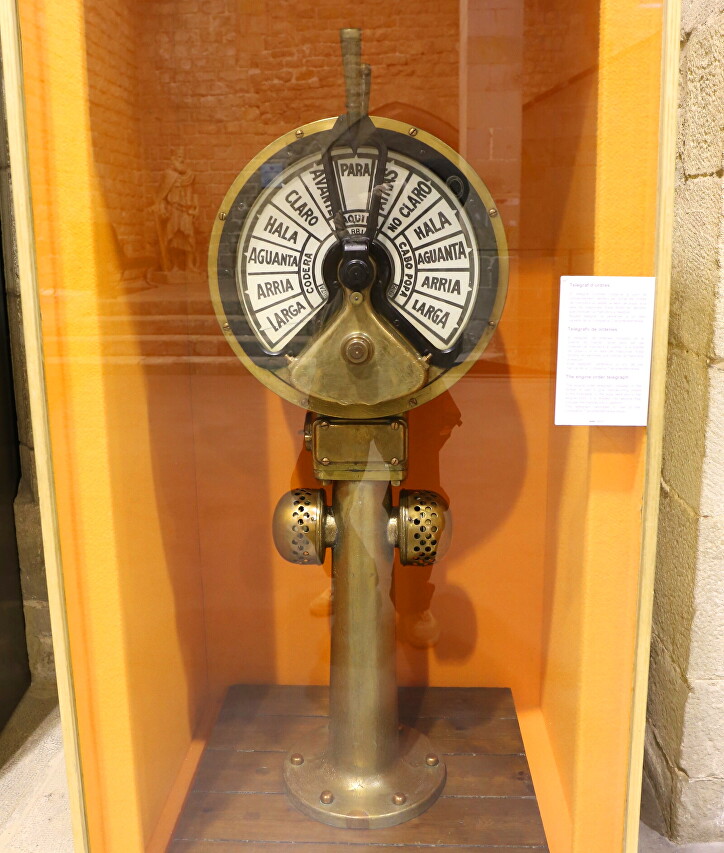
At the end of the 19th century, large passenger ocean liners appeared and sea traffic was fast, safe and comfortable. Many shipping companies from different countries have launched a fierce battle among themselves, whose ship will cross the Atlantic faster. A wave of immigration from Europe to the United States also provided the demand for large-scale transportation. A third-class ticket became available to ordinary workers and peasants who traveled across the ocean in search of a better life.
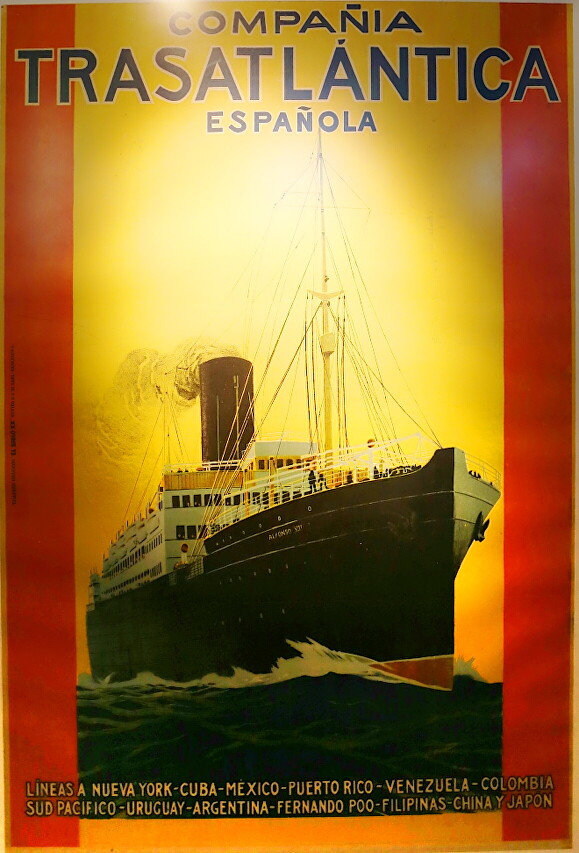
In the last decade of the 19th century, a new means of communication - the wireless telegraph-began to be introduced on sea vessels. Ship crews were able to keep in touch with the shore and other vessels, receiving information about the weather, which significantly reduced the risks of navigation. However, not always-the giant liner Titanic received a radio warning about floating ice, but did not slow down and suffered a terrible accident.
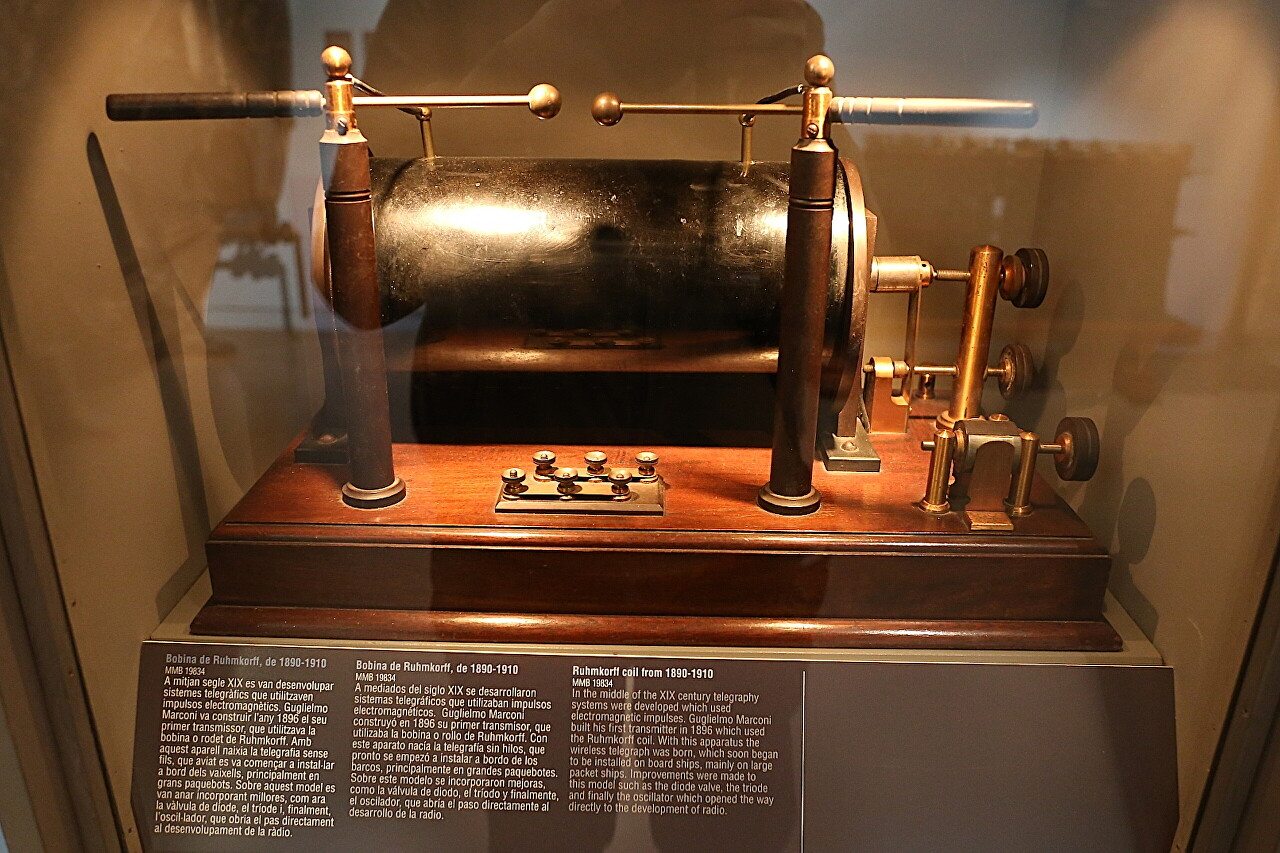
Marine disasters with mass loss of life have become an incentive for the development of rescue equipment.
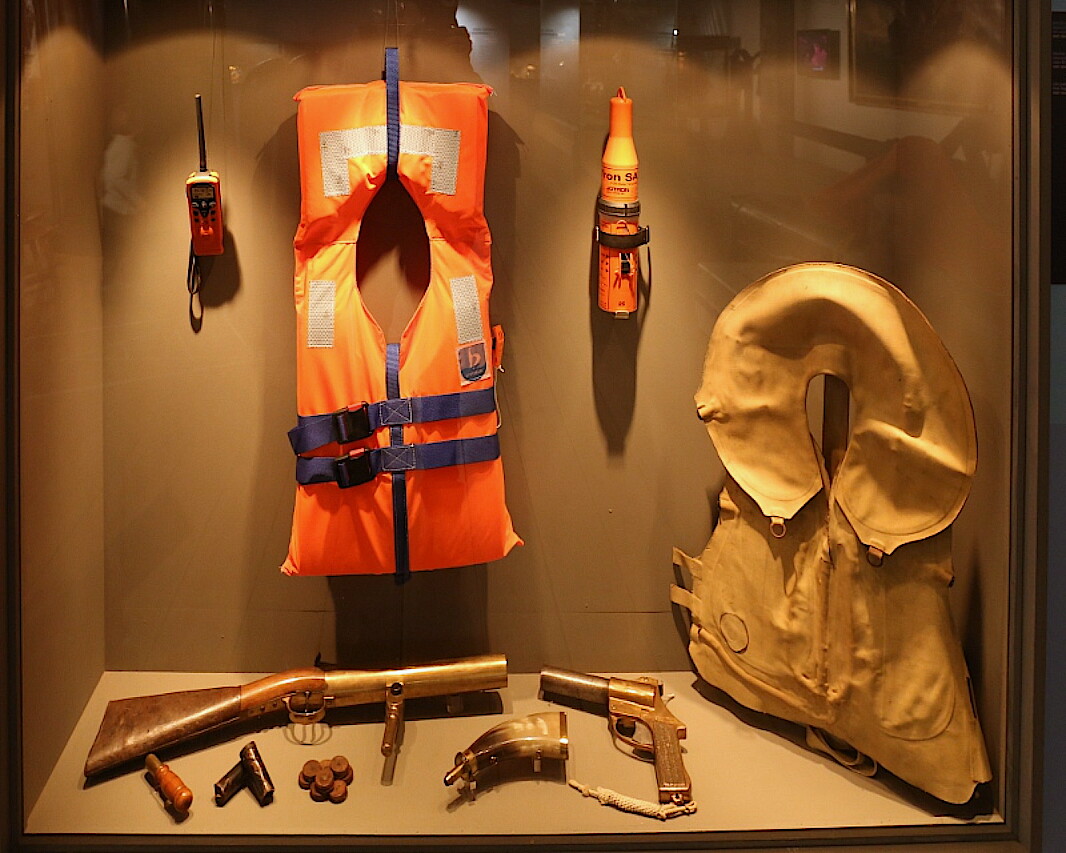
At the beginning of the 20th century, Rudolf Diesel internal combustion engines running on liquid fuel were installed on ships. Nevertheless, steam ships were built for another fifty years.
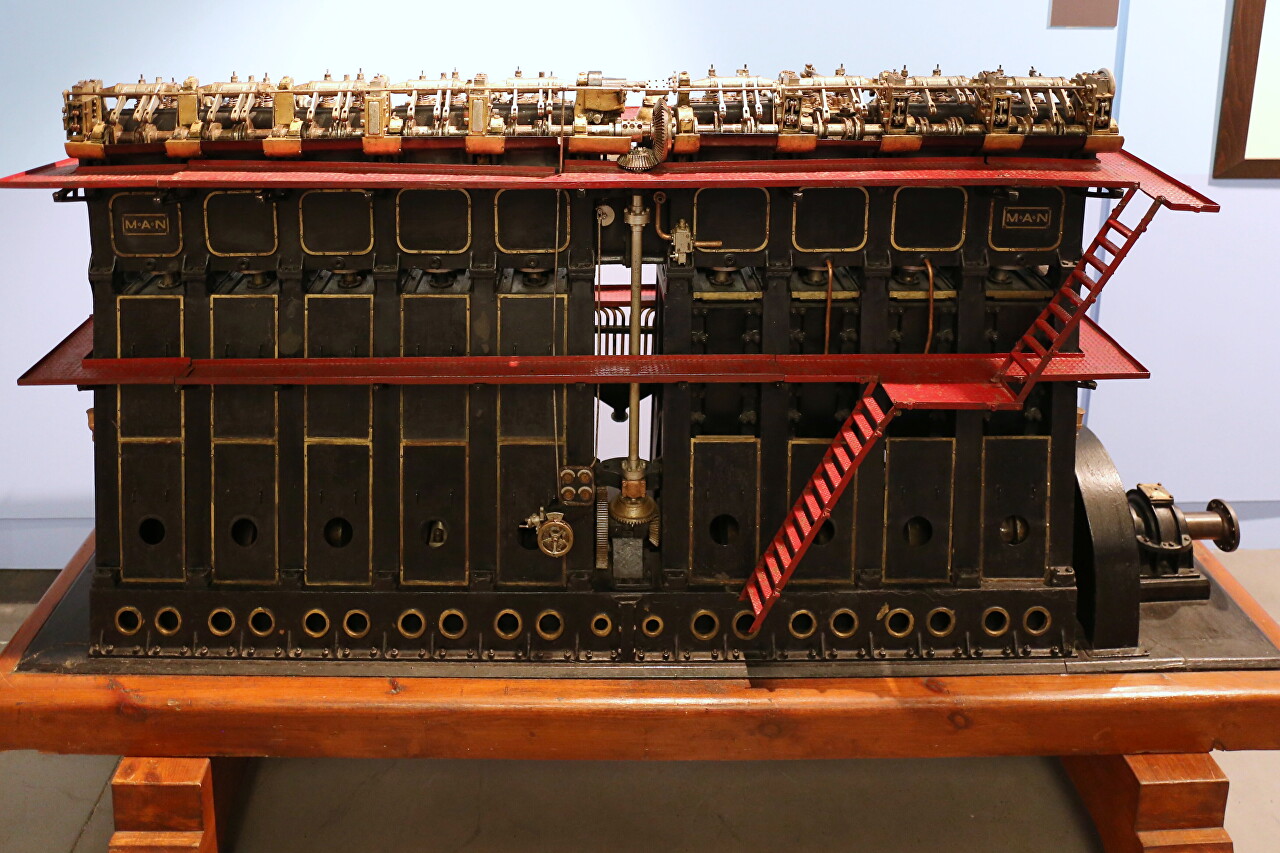
Sea trips gave a lot of impressions, which we tried to preserve in photographs, including stereoscopic ones.
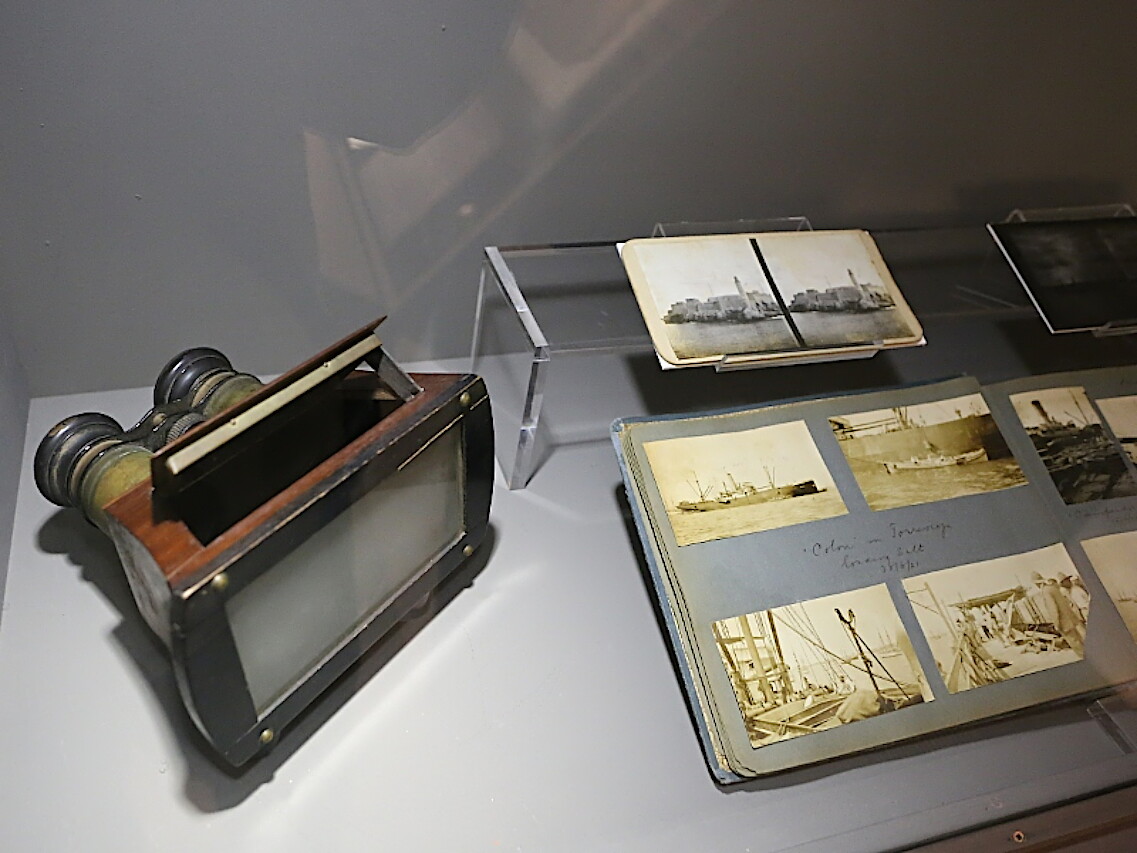
From the southern countries, travelers brought exotic souvenirs.
